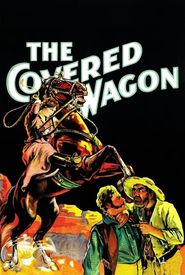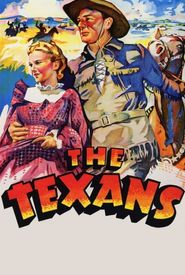Emerson Hough was born in Newton, Iowa in 1857. After graduating from Newton High School in 1875, he attended the University of Iowa, where he earned a bachelor's degree in philosophy in 1880. He later studied law and was admitted to the Iowa bar in 1882. This was also the year he had his first work published, an article titled "Far From the Madding Crowd" in the magazine "Forest and Stream".
Hough moved to White Oaks, New Mexico, where he opened a law practice and wrote for the local newspaper, "The Golden Era". However, he returned to Newton 18 months later due to his mother's illness, during which time he wrote "The Story of the Outlaw: A Study of the Western Desperado". The book covered notable outlaws and lawmen, including Pat Garrett and Billy the Kid. When Garrett killed Billy, Hough moved back to New Mexico and formed a friendship with Garrett.
Hough continued to work for various newspapers, eventually becoming the western editor for "Forest and Stream" magazine in 1899. He was an enthusiastic conservationist, and his work with the magazine led to him being assigned to survey Yellowstone National Park in the winter of 1893. The survey revealed that the park's buffalo herd was much smaller than thought, mainly due to poaching. Hough's findings sparked a national outcry, and in 1894, the US Congress passed a law making poaching in national parks a criminal offense.
Hough's work on the survey and his advocacy for conservation helped pave the way for the creation of the National Park Service in 1916. He also wrote several novels, including "The Mississippi Bubble", which became a best-seller in 1902. Many of his novels were set in the American West and focused on the importance of protecting the land and its people from exploitation.
Hough was involved in the presidential campaign of Theodore Roosevelt in 1916 and served as a captain in the US Army's intelligence service during World War I. He died in Evanston, Illinois in 1923, shortly after the premiere of the film "The Covered Wagon", which was based on his 1922 novel of the same name.



















